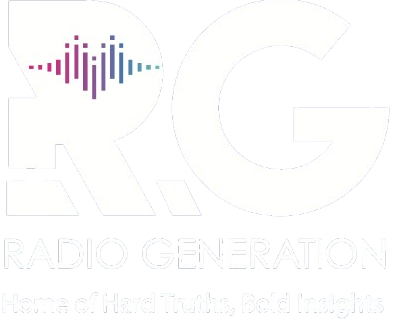Companies pressured by cost of living crisis as Kenyans reduce spending

This decline, highlighted in a recent economic survey, poses a new challenge for job creation, with companies finding it difficult to maintain their workforce amid weaker sales.
Businesses across the country are feeling the strain, facing a noticeable slowdown as rising living costs impact the finances of everyday Kenyans, reducing their spending power.
This decline, highlighted in a recent economic survey, poses a new challenge for job creation, with companies finding it difficult to maintain their workforce amid weaker sales.
The latest Stanbic Purchasing Managers' Index (PMI), an important indicator of Kenya’s private sector performance, fell below the 50-point threshold in May, marking its first contraction in eight months.
The PMI serves as a national gauge for business activity, with a score above 50 indicating economic growth, while a reading below 50 signals a slowdown.
In May, Kenya’s PMI dropped to 49.6 from 52.0 in April, marking a small yet concerning decline following seven months of consistent progress.
This vulnerability in the private sector’s rebound has immediate and serious effects on everyday Kenyans.
As businesses see a drop in orders and production, they confront a harsh truth: sustaining current staff numbers becomes difficult, and hiring new workers is out of the question.
This situation directly hampers job creation efforts, especially for the country’s growing youth population.
“The Stanbic Kenya PMI highlights the fragility in the private sector’s recovery,” said Christopher Legilisho, an economist at Standard Bank.
“There was a moderate decline in output and a drop in new orders following seven consecutive months of growth. Purchasing activity also decreased, indicating a shortage of new projects,” Legilisho explained.
Output the total goods and services produced by businesses experienced its sharpest contraction in ten months.
Manufacturers are scaling back production, while service providers are witnessing a reduction in client demand.
Although the downturn started off mild, it signals a concerning trend. Sectors such as construction, wholesale and retail, and services bore the brunt of the impact, while agriculture and manufacturing unexpectedly experienced some growth.
A major contributor to this slowdown is the decline in new orders.
This translates to fewer customers purchasing goods or seeking services. For many Kenyans, the root cause is rising costs prices for everyday essentials, food, and fuel have increased, leaving households with less disposable income for other expenses.
Many Kenyans are currently facing a harsh economic downturn that has significantly reduced their purchasing power, forcing them to make difficult decisions about their spending.
In spite of these hardships, some businesses have successfully attracted new customers, often by ramping up their marketing efforts.
This highlights a highly competitive environment, with consumers becoming increasingly selective about where they spend their money.
Businesses have also been grappling with rising input costs including raw materials, supplies, and operational expenses which have increased at the fastest rate seen in four months.
This surge is partly driven by higher purchase prices and increased tax obligations.
Despite these rising expenses, most companies have tried to absorb the additional costs rather than transferring them fully to consumers.
This is reflected in the fact that selling prices the amount customers pay have risen at the slowest pace since last October.
This suggests that businesses are aiming to keep prices attractive to maintain customer loyalty, even if it means tighter profit margins.
Although some companies have increased their inventory levels and made modest hires, mainly through short-term labor, the overall sentiment remains cautious.
Business confidence about the coming year remains near historic lows.
This cautious outlook is evident in the subdued expectations businesses hold for the next 12 months.
